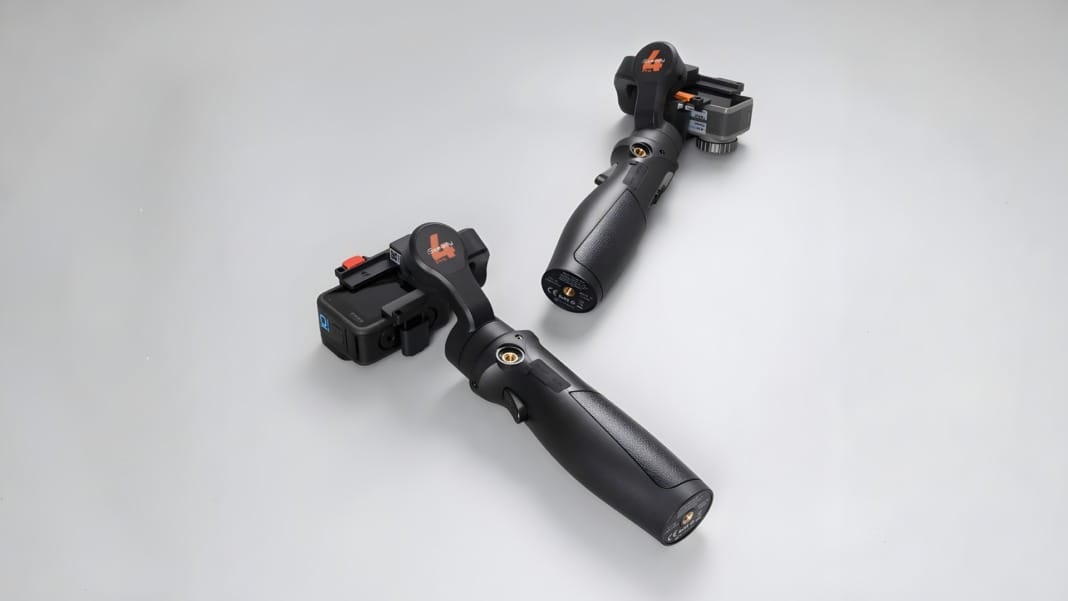Southeast Asia is no longer behaving as a single consumer market, according to a new regional study from Milieu Insight. The findings show that the region has separated into three distinct consumer economies, each shaped by differences in financial pressure, confidence levels, digital payment behaviour, and everyday spending priorities.
The study draws on responses from 3,054 consumers across Singapore, Malaysia, Thailand, the Philippines, Indonesia, and Vietnam. It compares current sentiment with behaviour from three months ago and examines the impact of grocery inflation, digital payments, and expectations heading into 2026.
Shifting spending sentiment across the region
Juda Kanaprach, Co-Founder and Chief Commercial Officer at Milieu Insight, said the results underscore how unevenly consumer pressures and optimism are distributed across the region. “Consumers in SEA are no longer behaving as a unified market,” he said. “Different levels of financial pressure and sentiment are shaping three distinct consumer economies. A single regional playbook is ineffective, businesses must understand the specific financial and emotional contexts driving decision-making in each market.”
The Stressed Digital Economy
The Philippines, Indonesia, and Vietnam form what Milieu Insight identifies as the Stressed Digital Economy. Consumers in these markets are increasing their spending despite stronger financial constraints. Fifty-nine per cent say they are spending more than they did three months ago, the highest figure in the region. This behaviour is supported by widespread digital payment adoption and resilient consumer sentiment.
Rising grocery costs remain a central pressure point. In the Philippines, 77 per cent of respondents consider groceries unavoidable, while in Indonesia this rises to 83 per cent. These pressures are prompting households to switch to more affordable proteins and budget-friendly brands. Digital-first purchasing is now entrenched, with 64 per cent of Filipinos and 57 per cent of Indonesians preferring e-wallets for routine transactions.
The study notes that while e-wallet usage is expected to grow further, sustained spending depends on inflation stabilising. Current optimism is helping support household consumption, but prolonged price pressures may test that resilience.
The Strategic Comfort Economy
Singapore and Malaysia make up the Strategic Comfort Economy. Both countries demonstrate strong financial stability but combine it with disciplined, value-focused decision-making. Singapore reports the lowest spending increase in the region, with 40 per cent saying their expenditure has risen. According to the study, this reflects deliberate caution rather than weaker purchasing power.
A value-driven mindset is clear in Singapore, where 83 per cent wait for promotions and 58 per cent prefer credit cards for rewards and cashback. Malaysia records the lowest caution sentiment in the region at 20 per cent, along with the highest current optimism at 28 per cent. Grocery cost pressure is also comparatively lighter.
Consumers in this group appear selective rather than restricted, spending more readily when value, convenience, or quality is evident. Milieu Insight expects these habits to continue, with price comparisons, loyalty programmes, and clarity around value likely to play strong roles in purchasing decisions.
The Transition Economy
Thailand is described as the region’s most sentiment-responsive market. Although 56 per cent of consumers identify as cautious, 54 per cent still report increased spending. This indicates that Thai households are not cutting back broadly, but instead prioritising specific categories.
Thailand also records the strongest expectation of improvement, with 53 per cent anticipating greater optimism in the coming quarter. Payment choices reflect a market in transition, with cash and e-wallet usage now equal at 39 per cent each.
The study suggests that confidence will be the key factor shaping Thailand’s consumer economy in the year ahead. Digital adoption will continue regardless, making the country a key market to monitor for broader shifts in regional sentiment.
Diverging outlooks ahead
Milieu Insight expects the divergence between Southeast Asia’s consumer economies to widen over the next few years. Differences in digital maturity, inflation exposure, and value sensitivity will continue to drive varied behaviours across the region. The study notes that businesses will need to consider economic mindset, not only geography, when shaping market strategies.
“A uniform brand narrative will not yield consistent results across Southeast Asia,” Kanaprach said. “Pricing strategies, promotions, channel plays, and loyalty programmes must now align with the economic mindset of each market, not just its geography.”





